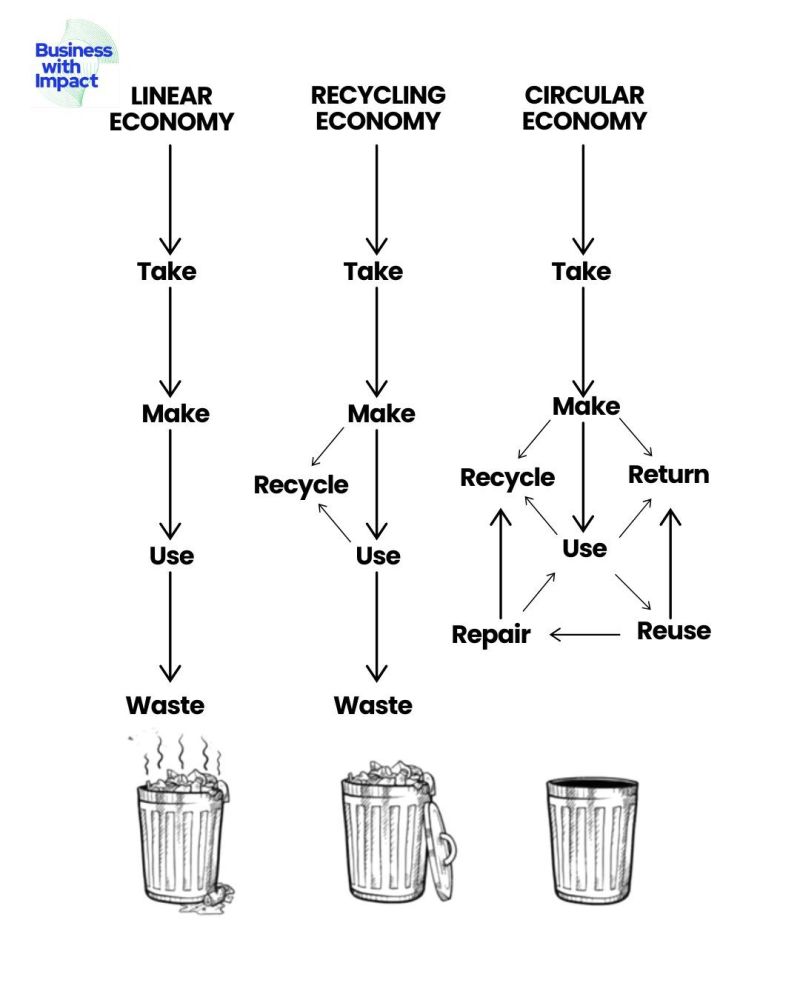
A new report by Cotton Inc. highlights, US garment prices witnessed their largest monthly rise since late 2021 in March 2024. This uptick comes despite a slight year-over-year increase of only 0.2 per cent. However, it's important to note that apparel import costs remain 4.8 per cent higher than pre-COVID levels. Cotton Inc's ‘Executive Cotton Update: U.S. Macroeconomic Indicators & the Cotton Supply Chain - May 2024’, also highlights a concerning trend of declining consumer confidence for the third consecutive month. This could potentially dampen spending habits and impact the retail apparel industry.
While Cotton Inc, highlights a slight increase, the Bureau of Labor Statistics (BLS) data reveals a different picture. As per BLS the December 2023 price index for US apparel imports remained almost flat compared to January 2023 (106 vs. 100, January 2019 baseline) with a minor fluctuation since the beginning of that year. There was even a slight decline in the price index for imports from China, a major apparel supplier to the US. The BLS data suggests there wasn't a significant increase throughout 2023, but the March 2024 data from Cotton Incorporated indicates a possible shift
So, what's causing the confusion?
There are a couple of reasons why the data might seem contradictory. First, the BLS data is based on a broader range of apparel imports, including different types of clothing and materials. Cotton Inc's report might focus specifically on cotton apparel, which could be experiencing a different price trend.
Second, there's a lag between import price fluctuations and their reflection in retail prices. The recent surge in shipping costs due to the Red Sea crisis, for instance, might not be fully captured in the December 2023 import price data, but it could soon affect what consumers pay for clothes.
Reasons for the increase
Several factors could be contributing to the recent rise in apparel import prices, as per industry experts:
Increase in global cotton prices: Cotton is a major material used in apparel manufacturing, and its price fluctuations can significantly impact the final cost of garments.
Rising transportation costs: Shipping costs have been on the rise in recent months, due in part to the Red Sea crisis that disrupted global shipping routes earlier this year. These increased costs are likely being passed on to consumers.
Disruptions in the textile supply chain due to geopolitical issues: The ongoing trade tensions between the US and China, as well as the war in Ukraine, have caused disruptions in the global textile supply chain. This can lead to shortages of materials and higher prices.
Weakening US dollar: A weaker US dollar can make it more expensive to import goods, as foreign products become more expensive to purchase.
Should it cause concern among US consumers?
The current situation is a double-edged sword. While apparel import prices haven't seen a significant surge yet, there are underlying factors that could lead to future increases. This, coupled with a slight decline in consumer confidence, might put pressure on US fashion retailers. They could be forced to either absorb the rising import costs or pass them on to consumers, potentially leading to higher clothing prices.
It's important to note that the apparel industry is constantly evolving, and these trends can change rapidly. Staying informed about developments in the global cotton market, transportation sector, and geopolitical situations will be crucial for understanding the future trajectory of US apparel import prices.











